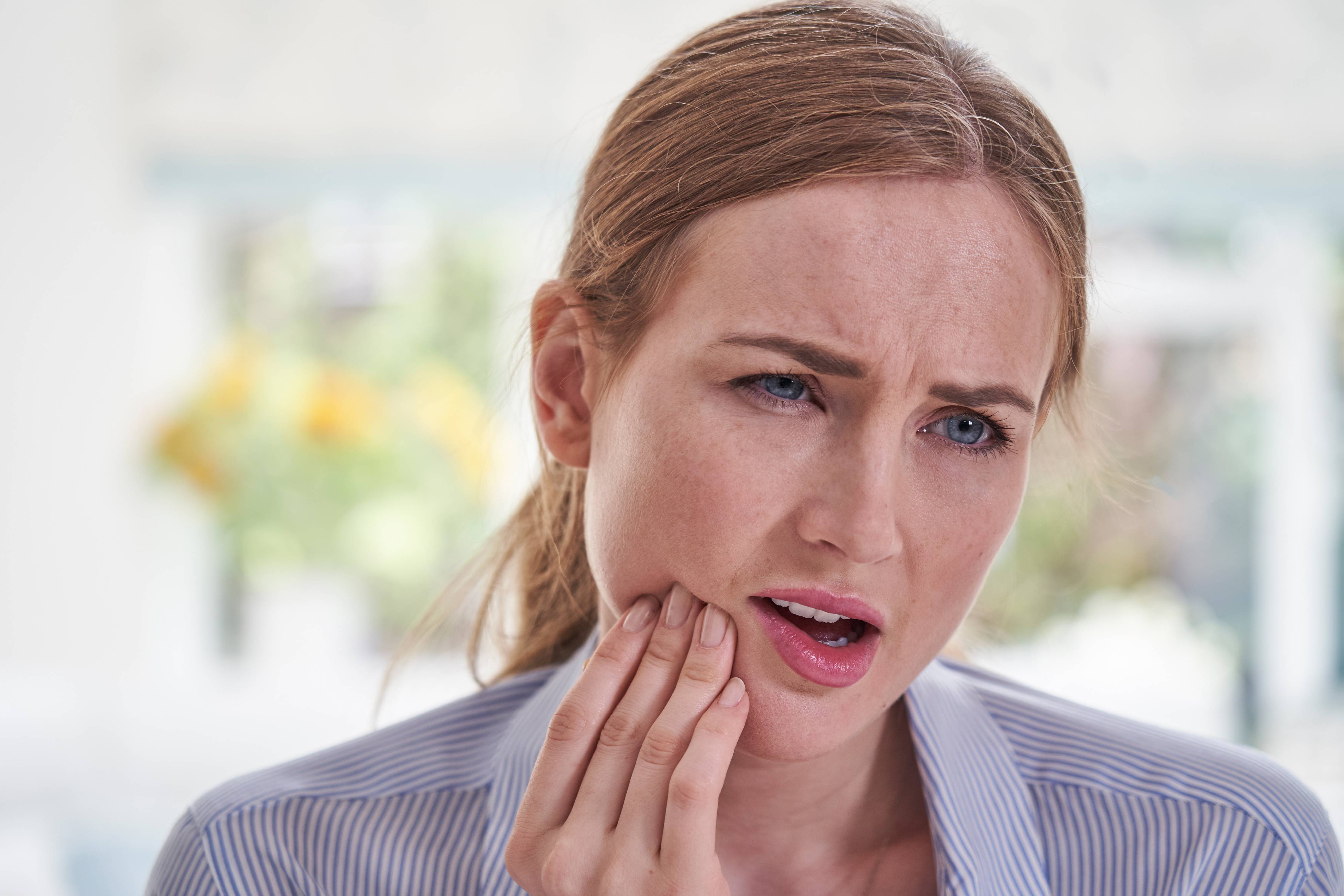
Signs and Symptoms of TMJ and TMDs

The temporomandibular joints (TMJ) connect the jawbone to the temporal bones of the skull. These joints on either side of the jaw allow you to talk, yawn, and chew. They enable the jaw to move in all directions. A problem with the jaw or facial muscles can cause a temporomandibular disorder (TMD).
TMDs are conditions that cause severe pain or discomfort. The pain may be temporary or last years to either both or just one side of the face. These conditions tend to affect more women than men and are common among individuals between the ages of 20 and 40.
Causes of TMD Conditions
The exact causes of TMDs are often difficult to establish. Many experts believe that the joint muscles or the joint itself could be to blame. The pain may be due to several factors such as a jaw injury, genetics, and arthritis in the joint. Many people who experience jaw pain tend to grind or clench their teeth. This puts pressure on the joint that can lead to many TMDs. Clenched teeth and tension of the jaw and facial muscles lead many to attribute the disorders to stress.
Symptoms of TMDs
‘Temporomandibular disorder’ is an umbrella term for many unique conditions. They are categorized as TMDs because they occur in the same region and share symptoms. The following are some common TMD symptoms:
Pain in the face, neck, and shoulders when chewing, speaking, or yawning
Limited extension when opening the mouth
Lockjaw
Facial fatigue or weakness
Facial swelling
Sounds of popping, clicking, or grinding
Difficulty chewing
Uncomfortable bite
Headaches
Earaches
Toothaches
Ringing in the ears (tinnitus)
Dizziness
Diagnosing TMD
It is important to get a correct diagnosis of the problem. Other conditions like tooth decay and gum disease have similar symptoms. A complete physical exam can diagnose the condition. Doctors will check the jaw for signs of tenderness or pain. They also listen for pops, clicks, or grinding sounds when moving the jaw. The doctors need to make sure that your jaw works as it should without locking with flexion or extension. They also examine your bite and look for any problems with the facial muscles.
Relieving TMD Symptoms
There are several ways to relieve symptoms of TMDs. Some doctors prescribe medication to relieve pain and swelling. Another remedy is alternating cold and hot packs to the side of the face for a few minutes each. Simple jaw stretches performed a few times a day can also help. Keeping your teeth apart relieves pressure on the jaw. You can try to control grinding or clenching by putting your tongue between the teeth. Learning some jaw relaxation techniques can also prove to be useful.
Things to Avoid
Avoid eating crunchy foods. Instead, opt for soft foods when possible. You should also avoid extreme movements of the jaw such as yelling, chewing gum, and wide-mouthed yawning. Avoid resting your chin on your hand and practice proper posture.
If you experience pain or discomfort in your jaw, consult your dentist for diagnosis and treatment.
To know more about TMDs and TMJ, visit kksmiles at our office in Marietta, Georgia. You can also call (770) 830-3700 to book an appointment today.


